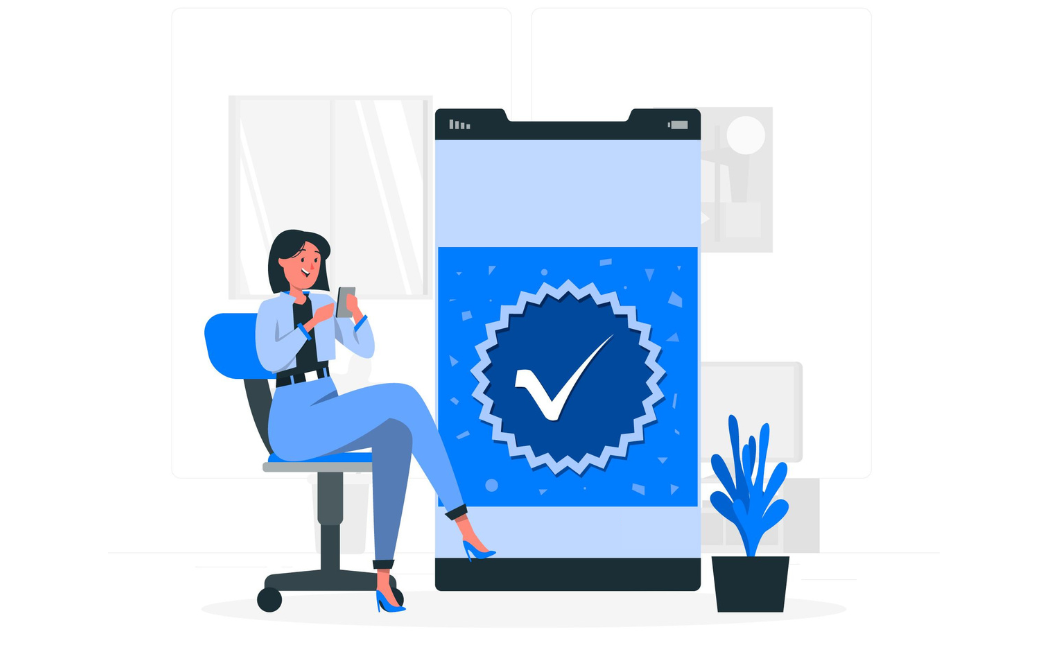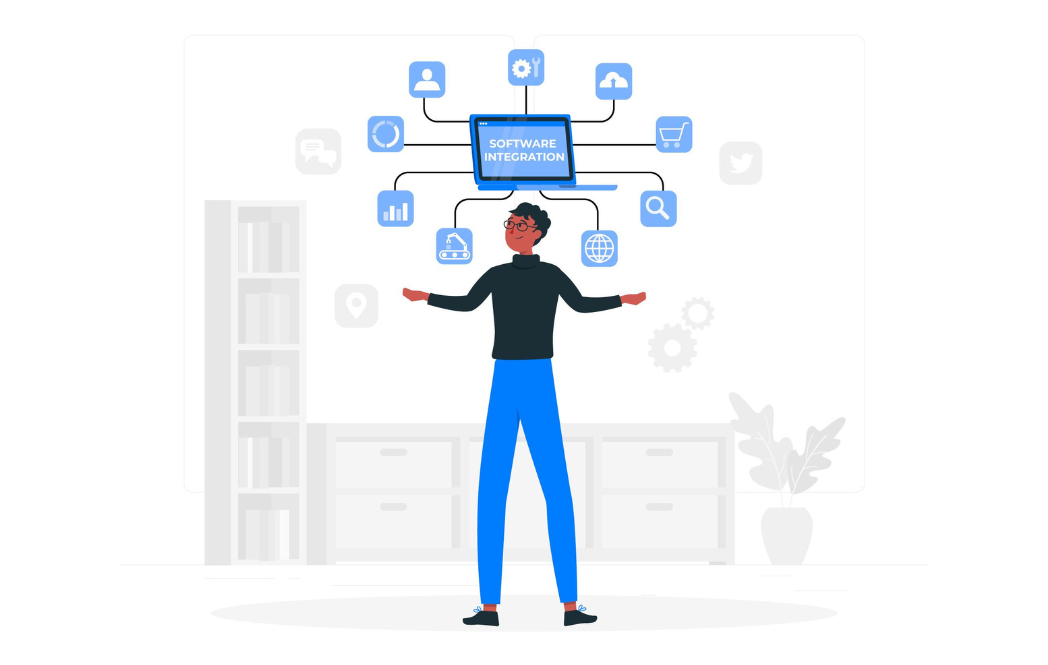In an age where digital communication dominates, the human touch of a phone call can be refreshing and influential.
Consider this: 75% of consumers still prefer speaking with a real person even as technology advances.
Each inbound call is not just a chance to solve problems but an opportunity to deeply connect with a customer, making these interactions invaluable for building loyalty and trust.
With every ring, there's an opportunity to gather insights, tailor recommendations, and enhance customer satisfaction.
Businesses that excel in this area see higher conversion rates and build a reputation for excellent customer service, creating a cycle of positive word-of-mouth and repeat business.
This is the power of mastering your inbound call strategy—turning every call into a stepping stone for growth and success.

What is an Inbound Call Strategy?
An inbound call strategy is a detailed plan a business develops to handle customer calls effectively.
When customers call with questions or issues, this strategy ensures they receive prompt, accurate, and courteous service.
It's all about ensuring the customer feels heard, valued, and satisfied with the service. This strategy typically involves training staff to answer calls, solve problems efficiently, and use customer-friendly language.
The goal is to turn each customer interaction into a positive experience, leading to increased customer loyalty and ultimately boosting the business's reputation and sales.
Understanding the Basics of Inbound Calls
(Source: www.tenor.com)
Inbound calls are telephone calls made by customers to a company. These calls can be for various reasons, including seeking product information, needing assistance with a purchase, or requiring technical support.
Unlike outbound calls, which the company initiates, customers initiate inbound calls, making them a valuable opportunity for businesses to impress and engage their clientele.
Importance of Having an Effective Inbound Call Strategy
(Source: www.tenor.com)
Having an effective inbound calling strategy is crucial for any business that values customer service and wishes to thrive in a competitive market.
This strategy impacts not only customer fulfilment and retention but also directly influences the overall sales and profitability of the company.
Well-handled calls can lead to higher customer happiness rates, increased loyalty, and positive word-of-mouth, which is essential for business growth.
Key Components of a Successful Inbound Call Strategy
Creating a successful inbound phone call strategy involves several important elements that help make every customer's call experience as good as possible. Here's a breakdown of the key components:
Fast Response Times: It's crucial to answer customer calls quickly. No one likes to be kept waiting. A fast pickup helps start the call on the right note and shows customers their time and concerns are valued.
Well-Trained Staff: The people who answer the calls are at the heart of the strategy. They need to be well-trained in the details of the products and services and how to talk to and help customers.
They should know how to listen, solve problems, and ensure the customer feels helped and respected.Effective Communication: Good communication is key. This means talking clearly, listening to what the customer needs, and confirming that the problem is understood and addressed.
It's about ensuring nothing is lost in translation between the customer and the service team.Use of Technology: The right tools can make all the difference. For example, using software that quickly routes calls to the right department or systems that track customer information so the team knows the history and can provide personalized service.
Feedback Loop: Finally, it's important to keep improving. This means asking customers for feedback on their call experience and using this information to improve the service.
Regularly updating training, tools, and practices based on real customer experiences will help keep the service top-notch.

How to Develop an Effective Inbound Call Center Strategy?
Inbound call planning is a strategic approach that prepares teams to handle customer interactions efficiently, ensuring that every call is an opportunity to strengthen customer relationships and enhance business performance.
Developing a successful inbound call center strategy involves careful planning and implementation across several key areas to ensure your business can effectively handle customer calls and improve overall customer fulfilment.
Setting Up Your Inbound Call Center

Space and Equipment: The physical setup of your inbound call center is foundational.
Ensure each agent has a dedicated workspace that is comfortable and equipped with high-quality, reliable technology, including computers, headsets, and access to high-speed internet.
This setup is crucial to minimize technical disruptions and support clear communication.
Technology Infrastructure: Invest in robust call center software that includes call routing, recording, and monitoring features.
This software should be scalable to accommodate growth and flexible enough to integrate with other tools like your CRM system.
Implementing Best Practices for Inbound Call Handling

Training and Protocols: Develop comprehensive training for agents that covers technical skills for handling the specific products or services you offer and soft skills such as communication, empathy, and problem-solving.
Establish clear protocols for common scenarios to ensure consistency in customer interactions.
Customer Interaction Guidelines: Implement standard practices for greeting customers, confirming their information, understanding their queries, and effectively resolving their issues.
Encourage agents to maintain a positive and professional demeanour throughout each call.
Utilizing CRM for Efficient Call Management

Integration with Existing Systems: Your CRM should integrate seamlessly with other systems, such as your call software and database management systems. This integration allows for smoother operations and a unified view of the customer.
Real-Time Access to Information: Agents should have real-time access to customer history, previous interactions, and purchase information within the CRM to provide a personalized and informed response to every caller.
Optimizing Inbound Call Center Operations

Measuring Call Volume and Call Metrics
Data Collection: Regularly collect and analyze data such as the number of calls received, call duration, and wait times. This information helps identify patterns and peak hours and can guide staffing decisions.
Performance Metrics: Track performance indicators like first call resolution (FCR), average handle time (AHT), and customer satisfaction scores (CSAT). These metrics are crucial for gauging efficiency and effectiveness.
Enhancing Customer Support and Customer Experience
Feedback Loops: Implement systems to capture customer feedback directly after interactions. Use this feedback to make immediate improvements and long-term strategic adjustments in training and processes.
Continuous Improvement: Promote a culture of continuous improvement by frequently analysing performance data and customer feedback to identify areas for improvement.
Leveraging Technology for Improved Inbound Calls
Advanced Call Management Systems: Call management systems are sophisticated tools that enhance the efficiency of call center operations by providing detailed analytics on calling data, offering real-time insights into ongoing campaigns, and managing leads effectively.
These systems enable businesses to analyze call patterns and agent performance, track the progress of marketing campaigns, and prioritize and nurture leads through a comprehensive lead management system.
Additionally, they include call recording features, which are essential for quality assurance, training, and compliance purposes, ensuring that every interaction is leveraged to improve customer service and operational efficiency.
Technology Upgrades: Stay updated with the latest in call center technology. Consider implementing artificial intelligence (AI) and machine learning (ML) where feasible to enhance capabilities such as predictive analytics and automated customer service processes.
Ensuring Customer Satisfaction through Inbound Calls

Training Inbound Call Center Agents for Success
Ongoing Training: Offer ongoing training and development opportunities to keep agents up-to-date with the latest product information, technology updates, and customer service techniques.
Responding Effectively to Inbound Calls to Boost Customer Satisfaction
Empowerment: Empower agents by providing them with the authority and resources to resolve issues efficiently. This can significantly improve resolution time and customer satisfaction.
Using Call Center Metrics to Monitor Performance
Regular Reviews: Conduct regular performance reviews using the data collected through CRM and other systems to assess the call center's effectiveness and identify areas for improvement.
Integration of Inbound and Outbound Call Strategies

Balancing Inbound and Outbound Calls for Maximum Efficiency
It's essential to ensure that both inbound and outbound call activities are well-coordinated. This balance helps manage resources efficiently so that one team isn't overwhelmed while the other is underutilized.
Sharing workload and information between the teams helps maintain a steady flow of activities and prevents bottlenecks.
Implementing Seamless Communication Between Outbound and Inbound Teams
Effective communication between these teams ensures that everyone is on the same page.
For instance, if the inbound team gathers critical customer feedback or information, sharing this with the outbound team can help them tailor their communication and approach, making their calls more personalized and effective.
Optimizing CRM for Both Outbound and Inbound Call Activities
A Customer Relationship Management (CRM) system that integrates outbound and inbound activities is crucial.
This integration allows for a unified view of customer interactions, whether incoming queries or outgoing marketing calls.
A well-integrated CRM ensures that customer data is accessible across both teams, enhancing the ability to provide a coherent and context-aware customer experience across all touchpoints.
Measuring Success: Key Metrics for Inbound Call Centers
Assessing the Performance of Your Inbound Call Center

Monitoring specific performance metrics is essential to understand how well your inbound call center is operating. Key metrics include:
- Average Handle Time (AHT): Measures the average duration of a call, including hold and talk times. It helps in assessing the efficiency of agents.
- First Call Resolution (FCR): The percentage of calls resolved on the first contact without a follow-up. A high FCR rate usually correlates with higher customer fulfilment.
- Customer Satisfaction (CSAT): Typically gathered through post-call surveys, this metric reflects how satisfied customers are with the service they receive.
- Service Level: The percentage of calls answered within a set threshold (e.g., 20 seconds). This metric is essential for understanding how quickly customers are being served.
Understanding the Impact of Inbound Calls on Your Business Goals

The inbound call process is meticulously designed to manage every customer interaction efficiently and carefully, enhancing satisfaction and fostering loyalty.
To evaluate this impact:
- Conversion Rate: Track how many inbound calls lead to sales. This metric helps gauge the effectiveness of the call center in driving revenue.
- Upsell/Cross-sell Rates: Measures the success of agents in selling additional products or services during a call, contributing directly to increased revenue.
- Customer Retention: Monitor how effective inbound calls are at resolving issues to the customer's satisfaction, directly influencing their likelihood to remain loyal to your brand.
Utilizing Data Analysis to Improve Inbound Call Center Operations

Data analysis plays a pivotal role in refining the operations of an inbound call center. By systematically analyzing the collected data, businesses can:
- Identify Patterns: Recognize common issues or questions, peak call times, and agent performance trends. This information can be used to optimize staffing and training.
- Predictive Analytics: Use historical data to predict future call volumes and customer behaviour, allowing for better resource planning and strategy development.
- Root Cause Analysis: Delve deeper into the causes of repeated issues or low performance and implement strategic changes to processes, training, or policies accordingly.
- Continuous Improvement: Regularly update training materials, operational procedures, and performance benchmarks based on insights gained from data analysis.
FAQs
Q: What are the different types of inbound calls?
A: Inbound calls can be categorized into customer service inquiries, sales inquiries, technical support, and order processing calls.
Q: How can I analyze my inbound call data effectively?
A: You can analyze your inbound call data effectively by using call analytics tools to track call volumes, call duration, call outcomes, and customer satisfaction metrics.
Q: How can a contact center help in handling inbound calls efficiently?
A: A contact center is equipped with trained agents, call routing systems, and CRM tools to manage incoming calls, provide timely assistance, and ensure a positive customer experience.
Q: What is the significance of having an inbound calling strategy?
A: An effective inbound call strategy ensures that every phone call is handled efficiently, customer issues are resolved promptly, and there is a seamless flow of communication between customers and the support team.
Q: How can I optimize my inbound call center solutions for better performance?
A: You can optimize your inbound call center solutions by monitoring call metrics, implementing call routing strategies, using IVR systems, and training agents to handle calls based on their types.
Q: What should I consider when setting up an in-house call center to handle inbound calls?
A. When setting up an in-house call center, consider infrastructure requirements, staffing needs, technology integration, training programs, and quality assurance processes to ensure smooth operations and customer satisfaction.

